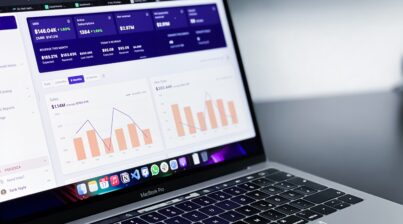Have you established the 2022 goals yet for you your HR team? If so, did you incorporate any KPIs? It’s okay if you haven’t. KPIs are relatively new to HR and finding a way to make metrics out of HR practices can be difficult. But, having the right KPIs will help show if your HR strategies are working.
KPI stands for key performance indicator. A KPI provides a measurable goal for an organization to track whether certain efforts are meeting objectives. They should be data-driven and support the overall strategy of the organization. Additionally, KPIs should be standard across functional groups and for the same processes. For example, to support the business objective of timely billing, a KPI would be to have 95% of invoices sent to clients within two business days of services.
Similar to goal setting, you want to ensure the KPI is realistically achievable and relevant. It may not be realistic to set a KPI for a call center representative to have 100% of issues to be resolved on the initial call. An unrealistic expectation may cause customer service experience to go down as representatives may give inaccurate information to “resolve” the issue quickly. Additionally, if a business objective is to increase e-commerce sales, a KPI looking at phone sales is not relevant.
Every organization must develop its own KPIs that make sense for its mission, vision, values, and strategy. HR should begin to identify the metrics that can help support the organization’s goals. A common HR metric used in KPIs is turnover, which calculates the number of people leaving an organization. Turnover can be an indicator of many HR initiatives, like employee engagement, recruitment, and talent development. Another important KPI can be workplace accidents or costs related to worker’s compensation. This would be especially important in manufacturing or construction industries where OSHA guidelines are strict.

Other common HR KPIs are related to diversity and inclusion. It has become a hot-topic and frequently becomes apart of not just HR’s goals, but the company’s overall strategic goals. Setting KPIs for diversity hiring must be taken with caution to avoid disparate impact in hiring practices. Conducting a risk analysis of recruitment practices would be useful here.
Additionally, any HR practices that have high costs associated should definitely have KPIs tied to it. For instance, a robust training and development program can be costly. Expenses can include LMS fees, content creation, webinar software, and third-party vendors. This becomes exponentially more costly when factoring in travel or executive training programs. It will be important to know if these efforts are working and worth the cost.

As HR professionals, we are being asked to be more strategic in the C-Suite. It’ll be easier to become a strategic business partner through strong HR KPIs tied to the organization’s objectives. KPIs with strong ties to metrics will make it even easier. An HR dashboard will provide a quick and easy visualization for your KPIs’ metrics. Sign up today for a free demo of our HR dashboard.












